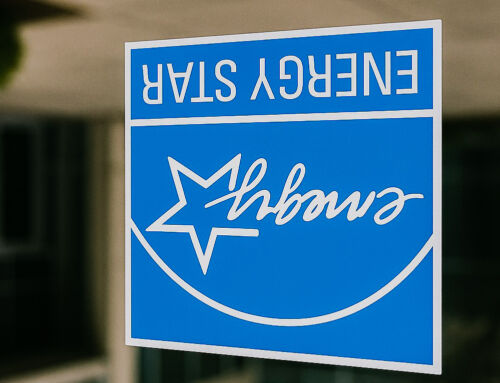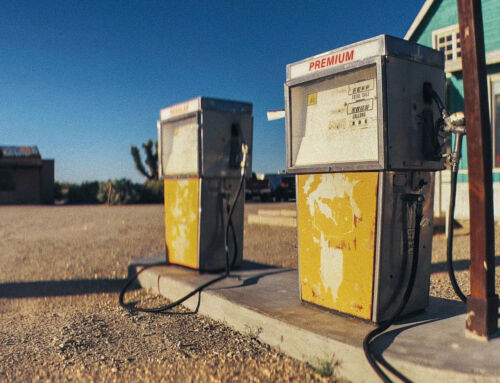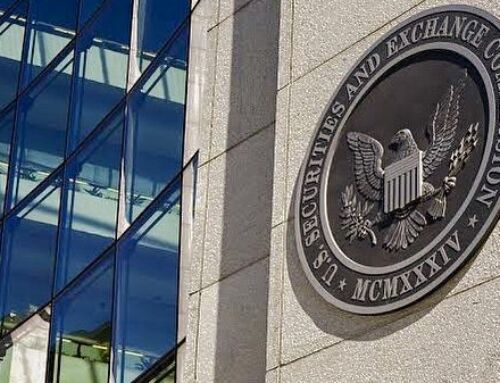View by Topic
Recent Articles
-
Mold Testing in Maryland Real Estate under the New LawSaturday, June 14th, 2025
-
Energy Star: A Quiet Exit and a Bright Future Beyond GovernmentSaturday, June 7th, 2025
-
Congress Blocks California’s Gasoline Car BanSaturday, May 31st, 2025
-
EPA Will Keep Current Limits for “Forever Chemicals” in Drinking WaterSaturday, May 24th, 2025
-
Court Indefinitely Pauses SEC Climate Rule LitigationSaturday, May 17th, 2025
View by Month/Year
“Green Building Law Update” Headlines
Recent Articles & News from
Stuart Kaplow’s blog
at GreenBuildingLawUpdate.com
- Congress Blocks California’s Gasoline Car Ban: A Legal and Policy Analysis June 1, 2025
- EPA Will Keep Current Limits for “Forever Chemicals” in Drinking Water May 25, 2025
- Court Indefinitely Pauses SEC Climate Rule Litigation May 18, 2025
- Maryland is About to Regulate Mold: But is the Cart Before the Horse? May 11, 2025
Subscribe to the Green Building Law Update!
Stuart Kaplow brings his expertise and extensive experience to the table with his unique digital publication, "Green Building Law Update". Subscribers receive regular updates to keep them informed about important issues surrounding Environmental Law, Green Building & Real Estate Law, as well as the emerging demand for Environmental Social Governance (ESG).
Get fresh content through the lense of Stuart Kaplow's cutting-edge expertise, innovative commentary and insider perspective. Don't miss another issue! Subscribe below.
New Federal Law Absolves Brownfields Developers of Superfund Liability
The nation’s laws that govern hazardous waste sites date back to the late 1970s with the discovery of thousands of barrels of toxic materials buried illegally outside of Buffalo, New York. Congress responded to Love Canal and other contaminated sites by enacting the Comprehensive Environmental Response, Compensation, and Liability Act(CERCLA) of 1980, commonly referred to as Superfund. CERCLA was intended to clean up the nation’s worst sites and identify responsible parties to bear the cost of cleanups.
Background
Today, the fear of prolonged entanglements in Superfund’s Draconian scheme of strict, joint, and several liability is widely recognized as an impediment to the cleanup of even‘lightly’ contaminated sites — potential brownfields sites.
Under CERCLA, parties can be held liable for the entire cost of cleanup, even if they purchased the property after the contamination occurred or were otherwise innocent parties. The perceived risk associated with purchasing and redeveloping lightly contaminated properties can drive parties away from these former industrial or commercial sites toward less risky green and open spaces.
During the past decade, state and local laws have been enacted, to authorize brownfields cleanup and redevelopment, aimed at reclaiming abandoned contaminated properties and putting them to productive use. No provision of the current Superfund statute specifically authorizes brownfields activities. The risk of Superfund liability is not only a deterrent to a developer’s willingness to acquire a brownfields site, it is also an impediment to obtaining necessary financing, because lenders are unwilling to issue loans on contaminated properties.
New Federal Act
Recognizing the catch-22 that CERCLA presents for brownfields cleanup and redevelopment, Congress has enacted and President Bush has just signed the Small Business Liability Relief and Brownfields Revitalization Act of 2001, amending CERCLA.
The new statute restricts liability under federal law for the cleanup and redevelopment of a brownfields property (at which there is a release or a threatened release of a CERCLA covered substance) by a person complying with a state voluntary cleanup program.
Recognizing the costs of redevelopment, the act authorizes up to $200 million per year in grants to state and local governments and nonprofits for brownfields assessment and cleanup. For purposes of those grants, the definition of brownfields is broadened to include “land contaminated by petroleum or petroleum products”, and the act earmarks $50 million a year of the authorized amount for brownfields with petroleum contamination. This is a huge expansion of federal funding, which will allow the underutilized gas station sites that dot street corners throughout the nation to be added to the list of eligible properties for environmental site assessment with direct cleanup grants of up to $200,000 per site.
Additionally, the act clarifies existing law when it expressly exempts “bona fide prospective purchasers” (and their tenants) from owner or operator liability under CERCLA. The new definition of bona fide prospective purchaser requires that all disposal have taken place before the date of purchase and that the purchaser made all appropriate inquiry.
The new law also seeks to clarify what actions landowners must take to satisfy the “all appropriate inquiries”requirement of the innocent landowner defense to CERCLA liability. First, EPA is directed to develop within 2 years regulations establishing standards and practices for satisfying that all appropriate inquiries requirement. Second, the new act specifies that, until EPA issues the required regulations, compliance with ASTM “Standard Practice for Environmental Site Assessment: Phase 1 Environmental Site Assessment Process” satisfies the “all appropriate inquiries” requirement for all property purchased after May 31, 1997! This codifies and provides assurances that the widely used Phase 1 Environmental Site Assessment not only qualifies for the existing innocent landowner defense, but also for the new bona fide prospective purchaser.
For properties purchased on or before May 31, 1997, the act directs the courts to consider various factors: specialized knowledge of property owner, relationship of purchase price to value of contaminated property, commonly known information, obviousness of contamination, and ability of property owner to detect contamination by appropriate inspection. For a facility purchased for residential use by a person who is not a government or commercial entity, a facility inspection and a title search satisfy the appropriate inquiry requirement.
Small Volume Contributors
The new federal brownfields law also provides some small-business relief from the strict liability requirements of CERCLA when it exempts certain small volume contributors from Superfund liability. A person can be exempt from liability as a generator or transporter if that person demonstrates that the total amount of material contributed to a contaminated site was less than 110 gallons of liquid materials or 200 pounds of solid materials and that all or part of the disposal occurred before April 1, 2001. The act also adds an exemption from liability as a generator for small businesses and residential property owners disposing of municipal solid waste.
Conclusion
The cleanup and redevelopment of brownfields sites present not only an enormous economic opportunity for developers, but also an opportunity to reduce the environmental and health risks in our communities, particularly those communities that are disproportionately affected by these sites, as well as to capitalize on existing infrastructure, create a robust tax base for local governments, attract new businesses and jobs, and reduce the pressure to develop open spaces.
The new Small Business Liability Relief and Brownfields Revitalization Act promotes the cleaunup and reuse of brownfields by both restricting liability under CERCLA and providing financial assistance for brownfield revitalization.
For additional information or a copy of the new law, contact Stuart Kaplow at skaplow@stuartkaplow.com.









